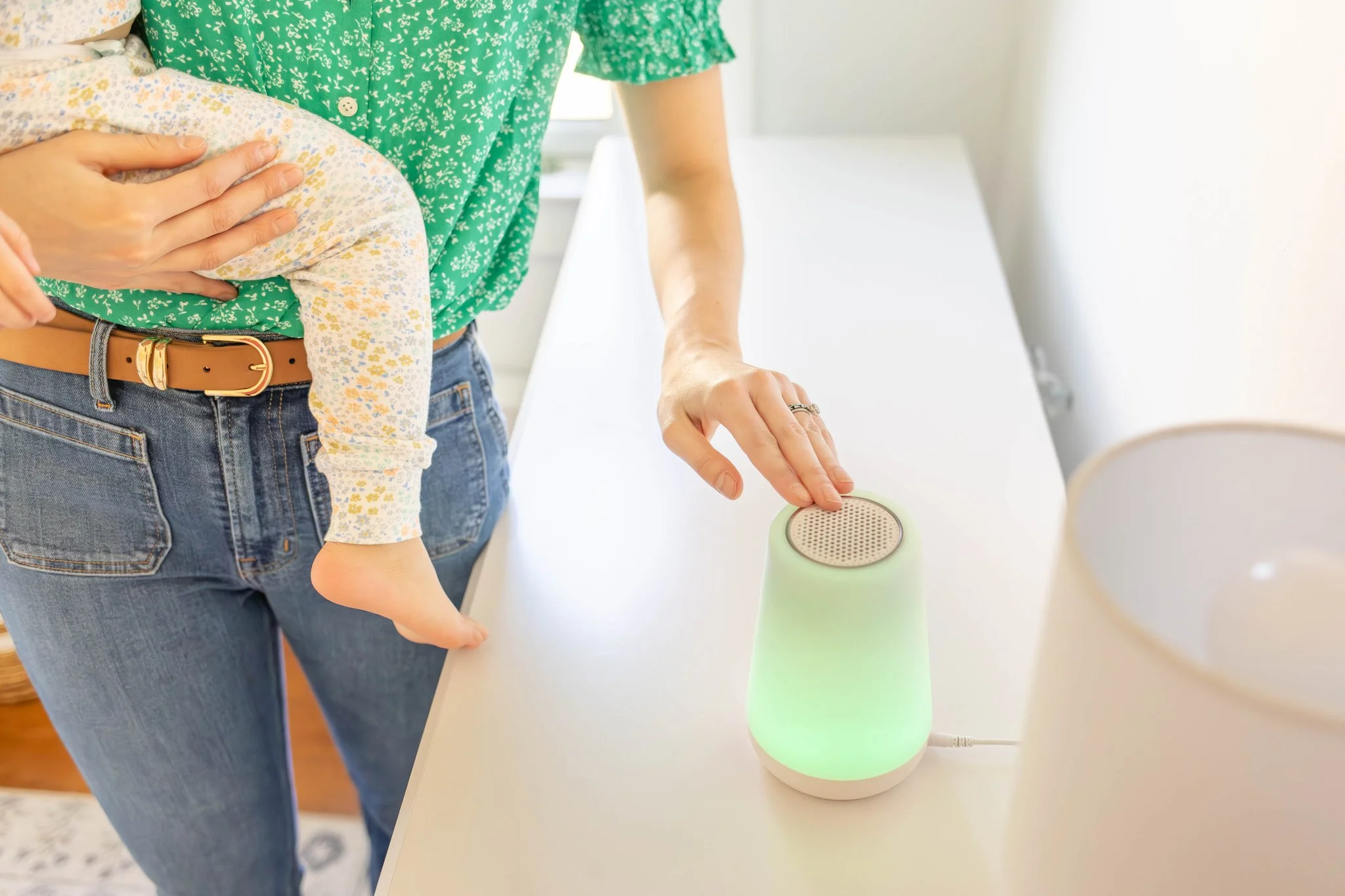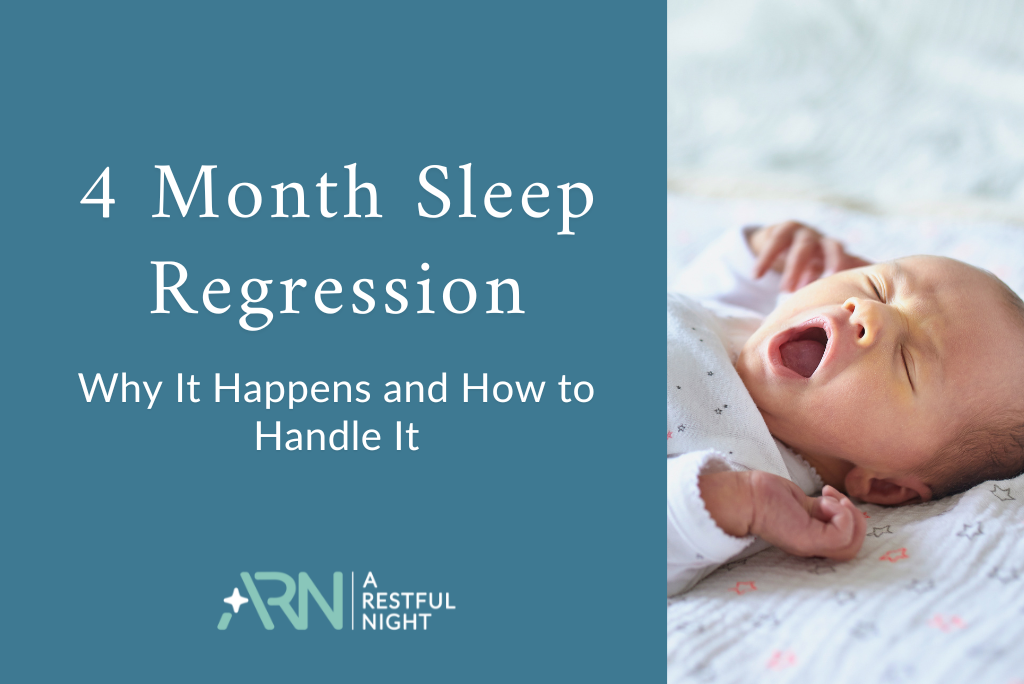How to Use an OK-to-Wake Clock to Fix Early Morning Wakeups
Early morning wakeups are one of the most common (and exhausting) sleep challenges parents face. If you're waking at 5:30 AM to the pitter patter of feet and a toddler staring at you, then, an Ok-to-Wake Clock might be exactly what your family needs.
Let's dive into why these devices work and how to use them effectively to reclaim your mornings.
Why Do Early Morning Wakeups Happen?
Early morning wakeups happen due to several key factors:
Lighter Sleep Stages: Between 4-6 AM, both adults and children experience lighter stages of sleep. Just like you might easily wake up at 5:30 AM but sleep deeply through a 1 AM disruption when your partner takes a bathroom break, your child's sleep is naturally more fragmented during these hours.
Lost Motivation: Many toddlers and babies simply lose their willingness to try falling back asleep during early morning hours. They've learned that calling out or standing in their crib brings mom or dad running, and it’s easier than putting themselves back to sleep.
Schedule Issues: Sometimes the child's overall sleep schedule is off, making early wakeups more likely.
Lack of Sleep Skills: Children without strong independent sleep skills struggle more with these natural light sleep periods.
What Is an OK-to-Wake Clock?
An OK-to-Wake Clock is a visual and auditory cue system that teaches children when it's appropriate to start their day. Our sleep expert team at A Restful Night recommends the Hatch Rest, which combines a white noise machine with customizable light colors and sounds, all controllable from your phone..
The concept is simple: the clock stays one color (usually red or off) during sleep hours, then changes to green with accompanying sounds (like birds chirping) when it's time to wake up. It's essentially an alarm clock designed specifically for children who can't tell time yet.
How to Introduce an OK-to-Wake Clock to Your Child
The approach you take depends on whether your child sleeps in a crib or bed, since each situation requires different strategies and considerations.
For Crib Sleepers (9+ Months)
Step 1: Choose Your Target Wake Time If your child currently wakes at 5:30 AM but you want a 7:00 AM start to the day, don't jump straight there. Start with a more achievable goal.
Step 2: Start Gradually Begin by setting the green light and birds for 6:00 AM (30 minutes later than their current wake time). When the light turns green, go in immediately and enthusiastically start the day.
Step 3: Move in 15-Minute Increments Every few days, push the wake time later by 15 minutes: 6:00 AM → 6:15 AM → 6:30 AM → and so on until you reach your goal.
Step 4: Be Consistent This is crucial: never start the day before the green light comes on. If your child is calling for you at 5:45 AM, you have two options:
Wait until 6:00 AM, turn on the green light from your phone app, then go in
Watching your child on the monitor, and give them a slightly early “win”. Turn the green light on first (using the app), then enter the room to start the day
Once your child masters the crib approach, you'll need to adjust your strategy as they transition to a bed.
For Bed Sleepers (2 Years +)
The process is similar, but bed sleepers have more freedom and need additional motivation to stay put.
Add Positive Reinforcement: Create a simple sticker chart or reward system. When your child stays in bed until the green light, they earn a sticker toward a special treat or outing.
Set Clear Expectations: Explain the rule simply: "We stay in bed until we see the green light and hear the birds. Then it's time to start our day!"
Practice Impulse Control: Bed sleepers must rely more on self-control since they can physically leave their room. The OK-to-Wake Clock helps them develop this important skill. Simple games like Simon Says can help build impulse control.
TIP: An OK-to-Wake clock is the perfect tool for the Crib to Bed Transition. Start using it while your toddler is still in a crib by turning the light green before you go get them, and keep the cue consistent once they move to their big kid bed!
Tips for Success
Start Early You can introduce an OK-to-Wake Clock as early as 9-10 months, but it's especially beneficial around 18 months. Starting early gives you over a year of practice before transitioning from the crib to bed: when impulse control will become even more important.
Use Both Visual and Audio Cues Don't rely on light alone. The combination of green light and bird sounds (or whatever sound you choose) creates a stronger association.
Master the App The Hatch Rest's smartphone app is a parent's secret weapon. You can change settings without entering your child's room, giving them a win if they’re up earlier than usual but making the choice to stay in their crib or bed calmly.
Stay Consistent The biggest mistake parents make is giving up too early or being inconsistent. If you go in before the green light even once, you're teaching your child that the rule doesn't really matter.
Be Patient Some children adapt within a few days, while others need several weeks. Don't get discouraged if you don't see immediate results.
Final Thoughts
Early morning wakeups don't have to be permanent. With a little patience and consistency, an OK-to-Wake Clock can make a big difference in helping your child (and your household) start the day on a clear and calm note.
If you’ve tried a red/green light system before and felt like “it just didn’t work,” don’t give up just yet. Sometimes, early wakeups are a sign that there’s something else going on with your child’s sleep that needs to be addressed first. Reach out to schedule a complimentary consultation call so we can get your mornings back on track.
Meg O'Leary is an Infant and Child Sleep Expert and the founder of A Restful Night. Based in Westchester County, NY, she leads a team of certified sleep coaches to provide virtual support to families across the US and around the world.





